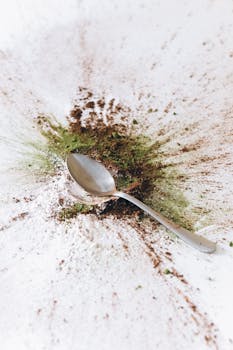Benefits
Heart Health
Low Calorie Count
Antioxidant Content
Get creative with dry white wine
Incorporating dry white wine into a delicate seafood marinade adds depth and a hint of acidity, enhancing the flavors of dishes like shrimp scampi and grilled fish
Another innovative approach involves using it in baking, where it can be mixed into the dough of a rustic bread or focaccia, yielding a subtle complexity and a wonderfully aromatic crust
Dry white wine can also take center stage in homemade fruit preserves, where a splash added to simmering fruits like peaches or pears introduces a sophisticated note, perfect for artisanal jams or as a topping for desserts
Finally, it serves as an excellent base for crafting unique ice creams or sorbets, where its acidity balances the sweetness and adds a refreshing dimension to summer treats
Something you can make with dry white wine
Origin
Dry white wine has been produced for centuries in various regions around the world. The origin of this ingredient can be traced back to ancient civilizations such as the Greeks and Romans, who were known for their wine production. However, the specific origin of dry white wine can be attributed to the wine-growing regions of Europe.\n\nFrance is widely recognized as one of the most prominent producers of dry white wine, with regions like Burgundy, Bordeaux, and Alsace renowned for their high-quality offerings. Chardonnay, Sauvignon Blanc, and Riesling are some of the popular grape varieties used in French dry white wine production.\n\nItaly, another major player in the wine industry, also produces exceptional dry white wines. Regions such as Tuscany, Piedmont, and Veneto are known for their distinct styles of white wine made from grapes like Pinot Grigio, Vermentino, and Trebbiano.\n\nSpain, Germany, Portugal, and Austria are other European countries that have a rich history


